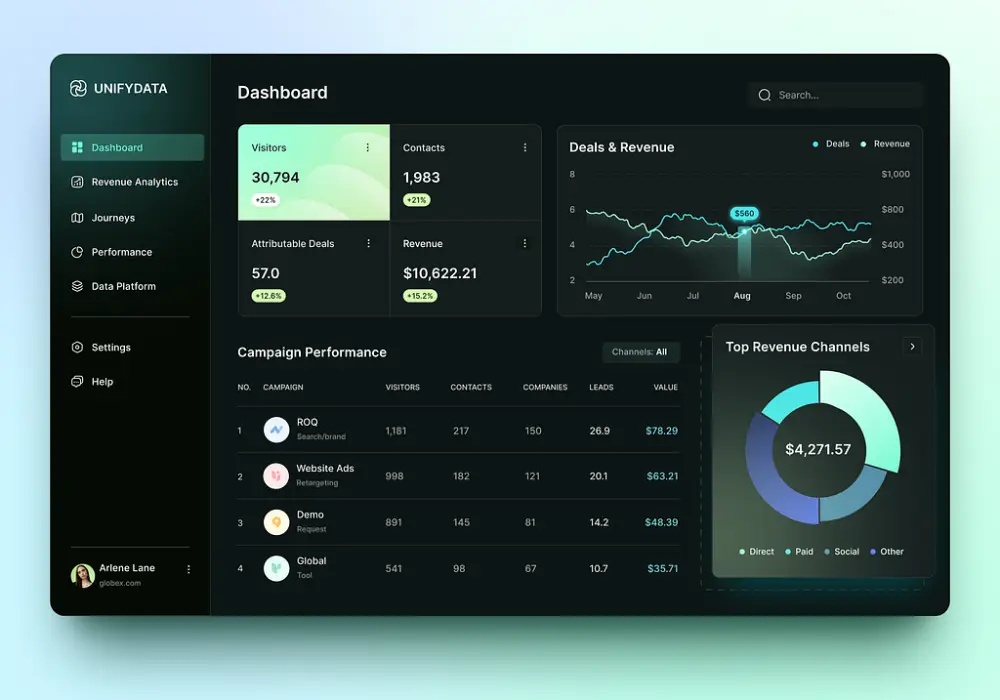7 Steps Of The Android App Development Process


Undoubtedly, most mobile users worldwide are using the Android operating system. According to StatCounter, in 2020, Android owned 71.93% of the worldwide mobile operating system market share, while iOS took 27.47%. This has led to significant growth in the need for Android mobile app development…
A standard Android mobile app development process usually contains 7 steps.
Planning usually is the first step of most development processes. The more specific the plan is, the more secure the project. Therefore, detailed planning is a must to conduct a smooth, error-free android app development process.
Start planning your idea by sketching out your ideas. To develop a coherent development idea, it is crucial to have an unbiased overview of your project. Think about the concept of this app, the potential solutions that the app is answering, and the problems that you might face when building the app. By answering these questions, you can visualize your Android mobile app.

It has been proven that you can balance your overall app development budget and your in-house capabilities by determining your app’s features and benefits.
Therefore, ensure that you note down every small detail in your plans to prepare yourself for what might come up during the development process.
You should have a pretty good idea about what your app will look like and what features you want to include clearly planned out in the previous step. So now is the perfect time to start sketching out your app and creating a storyboard to give your idea some structure. But your storyboard must be strategic enough to improve the competitiveness of your app.
Look at your competitors’ performance and the reviews in the Google App Store to know where you will need to plug those holes. Their imperfection will make the perfect USP (unique selling point) of your Android mobile app.
Thus, you can take a look at their mobile app development history for more reference in choosing the correct strategy. See if you can find insights into their challenges and figure out how they overcame them. Keep a close look, watch and learn.
A wireframe is a blueprint of your Android mobile app. By wireframing your app, you will structure the app from end-to-end, including app features, tools options that may be needed for integration into the app, specifications, and feasibility of the app. To start wireframing, you should create a storyboard or roadmap to demonstrate the connections between each screen and how users will navigate the app.
Your goal at this point is to develop a clear picture of how your ideas and proposed features will fuse into a functional app. Wireframing also lets you ensure that your Android app development idea is in sync with your business strategy.
There are many online tools for wireframing your app. However, remember to keep these pointers in mind as you sketch:
This is the stage where the Android interface design team will work on the front end of your Android mobile app development process. Your wireframes and storyboard will guide the backend structures you’ll need to support your app.
Thus, at this stage, our Android app developers will concentrate on designing the app’s user interface (UI). UI plays an important role in determining the usability of the app. Android mobile app developers will include navigation, SQLite, use of intent, list view, navigation, and collating all data silos to perform as one single unit.
The ultimate goal of this stage is to ensure that there are zero chances of bugs in the Android mobile app. So it’s a good idea to bring in people, preferably people who are not from your mobile app team, to test and evaluate your prototype. Their unbiased feedback on the app’s overall functionality and ease of use can give developers helpful recommendations to improve the app’s UX and UI.
When you’re happy with the appearance and usability of the interface, and your app is working smoothly after fixing all the issues, it’s time to launch your Android mobile app.
The Android app development company will submit the app to Google Play Store for approval. Remember to create an account with Google to submit your app. This will give you full rights to the app, including software rights.
The evaluation process usually takes less than two days. Make sure your development is fully aware and follows the guidelines provided by Google to avoid getting rejected in this step.
Learn more: Everything you need to know about IoT Mobile Apps
Your job is still not done when the Android mobile app is approved by Google Store.
To keep your new users engaged, you need to conduct further post-deployment services, such as using.
push notifications to announce a special offer or promotion, so users will open your app, offering incentives such as a discount or free service for customers who download your app, etc.
And don’t forget to have a clear channel for customer feedback. Keep on updating and adjusting based on that feedback to enhance customers’ experience.

In conclusion, Android mobile app development is quite a complicated technical process that requires developers with experience in this field. So, if you have an idea for an Android app in your mind, TECHVIFY Software is more than ready to help you with that. We can make sure that your app will run smoothly and give users pleasant experiences.


Table of ContentsStep #1: Plan your idea carefully down to every detail.Step #2: Choose the perfect strategy.Step #3: Wireframing your appStep #4: Designing and DevelopingStep #5: Test the app’s performance.Step #6: Prepare to launch.Step #7: Take care of post-deployment servicesConclusion In the ever-evolving landscape of technology, businesses are continually seeking solutions that not only streamline operations but also provide a competitive edge. This is where bespoke software development comes into play. Unlike off-the-shelf software, bespoke software is tailor-made from scratch, specifically designed to meet the unique requirements and challenges of a single business. This tailored approach ensures that every feature of the software aligns…
17 April, 2024

Table of ContentsStep #1: Plan your idea carefully down to every detail.Step #2: Choose the perfect strategy.Step #3: Wireframing your appStep #4: Designing and DevelopingStep #5: Test the app’s performance.Step #6: Prepare to launch.Step #7: Take care of post-deployment servicesConclusion Today, 85% of customers expect to manage their interactions with businesses without needing human assistance. They prefer self-service options available at any time and on their preferred channels. This demand has driven rapid growth in chat and messaging platforms, enabling businesses to meet these expectations. The marketplace offers a diverse range of AI chatbot solutions, each offering different features and price points, making it…
16 April, 2024

Table of ContentsStep #1: Plan your idea carefully down to every detail.Step #2: Choose the perfect strategy.Step #3: Wireframing your appStep #4: Designing and DevelopingStep #5: Test the app’s performance.Step #6: Prepare to launch.Step #7: Take care of post-deployment servicesConclusion In today’s fiercely competitive business landscape, where technology is not just an enabler but often the core of the business itself, the caliber of software developers a company employs can significantly dictate its success and sustainability. Hiring top-tier software developers is more than a mere staffing decision; it’s a strategic move that provides companies with a critical edge over their competitors and equips them…
16 April, 2024


Thank you for your interest in TECHVIFY Software.
Speed-up your projects with high skilled software engineers and developers.
By clicking the Submit button, I confirm that I have read and agree to our Privacy Policy